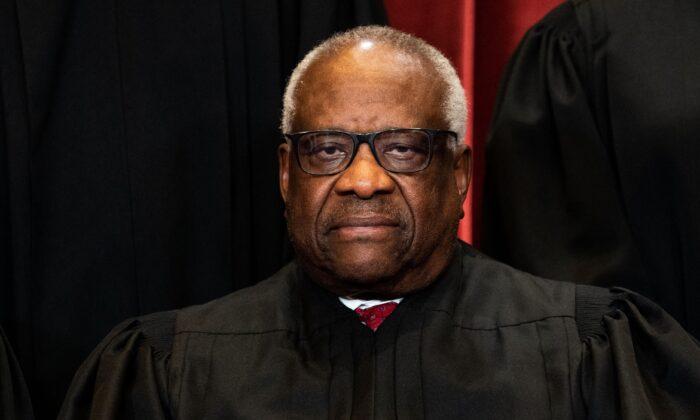However, the case has implications more important still—implications that go well beyond the Second Amendment. Amid all the noise surrounding the court’s holding, you probably won’t read about those implications anywhere but here.
Challenging ‘Progressive’ Constitutional Method
Most of the Supreme Court’s constitutional-rights precedents date from the 20th century, when “progressive” justices dominated the bench. Those justices usually didn’t pay adequate attention to the historical meaning of the Constitution’s words and phrases. They usually didn’t inquire, for example, into the historical meaning of terms such as “the freedom of speech.”As for rights that liberal justices didn’t think as important as free speech (such as economic liberties), the court applied balancing tests that empowered government even more.
To be sure, some parts of the Constitution do call for balancing. One example is the Fourth Amendment ban on “unreasonable” searches and seizures. But most parts of the Constitution reflect the document’s own balances and compromises. There is no call for justices to replace those balances and compromises with their own notions of what is and isn’t important.
Despite all the misleading ballyhoo about the Supreme Court now having a “conservative majority,” the current justices generally have continued to apply the precedents and methods invented by their liberal predecessors.
Thomas’s opinion—and remember, he was writing as a representative of the court not merely for himself—affirms, however, that the scope of the right to keep and bear arms is fixed by the words of the amendment. The law is reflected in those words, not in some judge’s idea of what is important.
How Can You Show Original Understanding/Meaning?
Many lawyers and commentators have an annoying habit of trying to prove constitutional meaning with “evidence” far removed from the time when the Constitution was adopted. For example, they may argue that the Constitution reflects a rule of English common law that prevailed in the year 1400, even though the rule was abandoned long before the Constitution was ratified (1787–90) or the Bill of Rights was adopted (1791).More commonly, they trot out “evidence” arising months, years, or even decades after the ratification was complete.
Thomas’s opinion for the court in this firearms case recognizes that sometimes subsequent practice can clarify (“liquidate”) ambiguous phrases. But most cases are not in that category. One of the most refreshing parts of his opinion is his caution against “evidence” that is either too early or too late to be part of the constitutional bargain.
Original Meaning or Original Understanding?
Another implication of Thomas’s opinion is more subtle. Here’s some background:In our legal system, the traditional way of construing most legal documents is to inquire into how the parties to the document understood its terms. Only when understandings conflict, or are unrecoverable, do the courts apply the words of the document as a third party would read them.
For reasons too complicated to review now, during the 1980s, constitutional commentators began to invert the traditional rule of interpretation. They applied original meaning at the expense of original understanding. Although the framers didn’t write the document to be read that way, this focus on “original meaning” has become orthodoxy.
So it’s refreshing to report that, while Thomas’s opinion uses both concepts, it edges back toward the correct position: Of the Constitution, he writes, “its meaning is fixed, according to the understandings of those who ratified it” and “the scope of the protection [of a provision in the Bill of Rights] is pegged to the public understanding of the right when the Bill of Rights was adopted in 1791.”
Time will tell if the court builds on this view, but a foundation has been laid.





